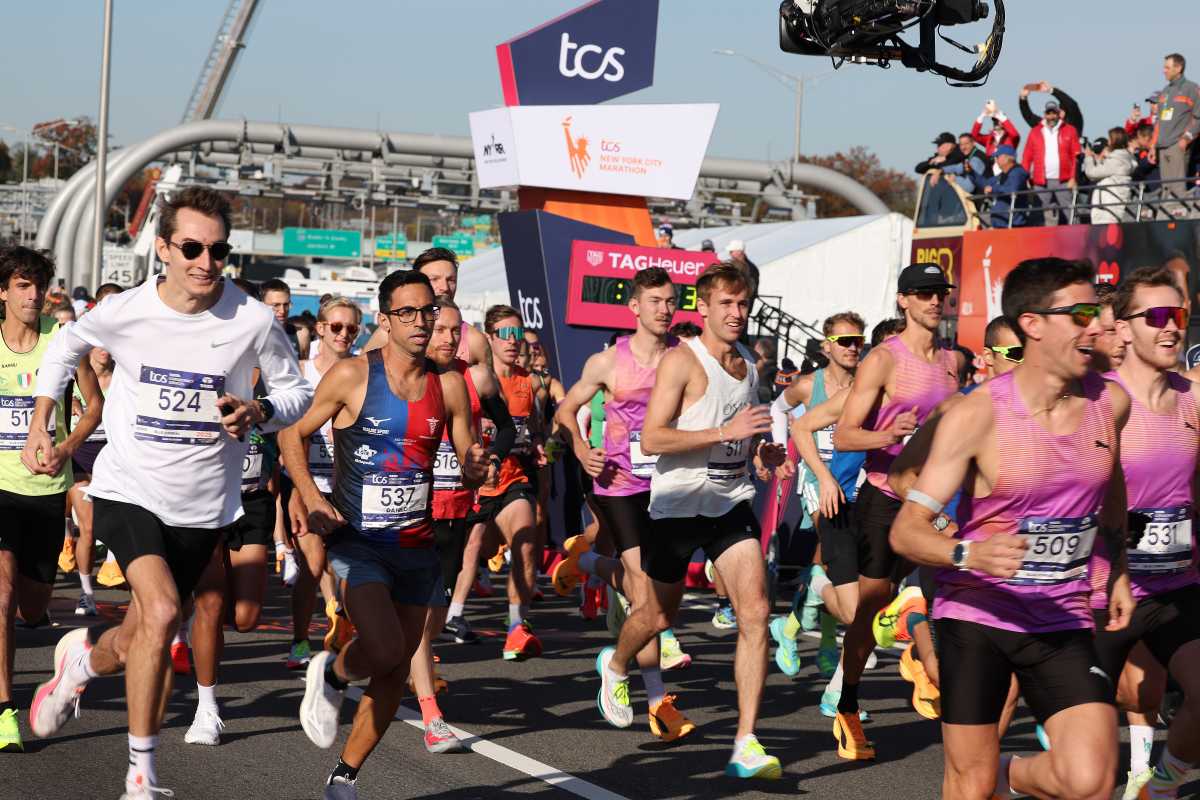Poker
The first part of my professional poker career was spent strictly playing tournament poker. Many people assume that tournament play and cash-game play are the same, but they are vastly different games that utilize different skill sets. So much so that when I’m on the tournament circuit, I find it best to abstain from cash games so that I don’t intermingle the two styles of play.

In tournament play, there is a stop-loss, meaning you buy in for a set amount, and when you bust out of the tournament, that’s it. With cash games, you can just keep putting more money on the table, allowing you to play a larger range of hands and take more risks, since losing a hand doesn’t necessarily mean your game is over. If you lose all your chips, you can just buy more. In a tournament, if you lose your all-in hand, you’re finished.
There is so much strategy involved in tournament play, making it mentally stimulating, challenging and often frustrating. This week, I received a question about strategy in a specific type of tournament, the sitand go. This is a one-table tournament that’s a great option for beginning players, as you get tournament experience without committing yourself to potentially long hours. Multi-table tournaments, like the main event of the World Series of Poker, often last days and require playing for 10 to 14 hours a day. Not everyone can handle this, so playing a single table is a much better alternative and allows the player to employ tournament strategy.
Scott,
I play some sit-and-go games paying the top three spots. I usually get down to 5-6 players when I run out of steam. What hands am I looking for at this point to stay in the game? –EJ23GTB
Dear EJ23GTB:
I like to break a sit-and-go (SNG) into three sections-beginning, middle and end. To put it simply, a good strategy for the beginning would entail extremely tight play in a “survival” type mentality in order to prepare for the middle section. Once you reach the middle, often classified as having 5-6 players, you must take advantage of the tight image you have built up and widen your starting hand requirements to attack, as opposed to slowing down and trying to squeak into one of the top three spots.
With the blinds increasing rapidly at this point, a tight approach increases the likelihood that you’ll bust out before cashing in. Throughout the middle portion, the strength of your hand is not at the top of the checklist to determine when to get your chips in. The major factor now becomes your stack size in relation to the size of the big blind. As a general rule, a stack that consists of less than six total big blinds puts you in the danger zone. If you remain in the danger zone, your chances of winning are greatly diminished, and luck will play a significant role in the eventual outcome.
Avoid this danger by playing ultra-aggressively. Use the leverage given to you by other players who tighten up while attempting to reach the top three. For example, if you are the button when only five players remain, and both the players on your right fold, it is often correct to push all in regardless of your cards. This situation would come into play when your stack is approximately 6-10 big blinds and your intent is to keep yourself out of the danger zone. This concept may seem a bit advanced, but it will make sense when applied correctly. Experience and pattern recognition are the keys to successful SNG play, so log your hours. Good luck!
Scott Fischman is a professional poker who has won two World Series of Poker bracelets and has accumulated more than $2 million in career earnings. He is also the author of the poker book “Online Ace.” Send your poker questions to him at pokerquestions@gmail.com.




































